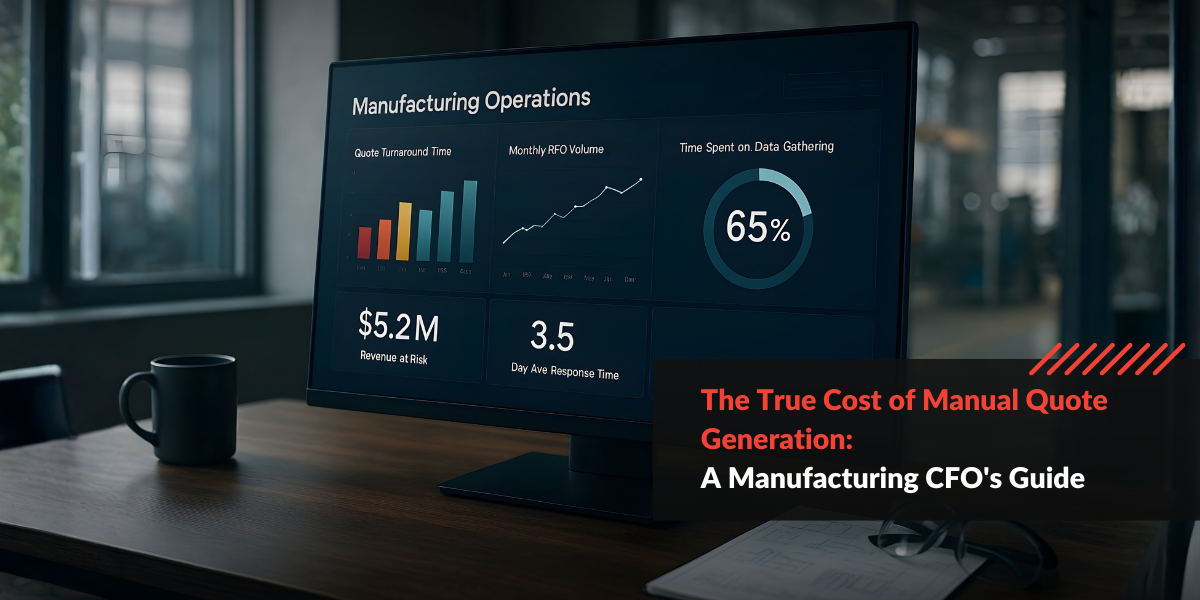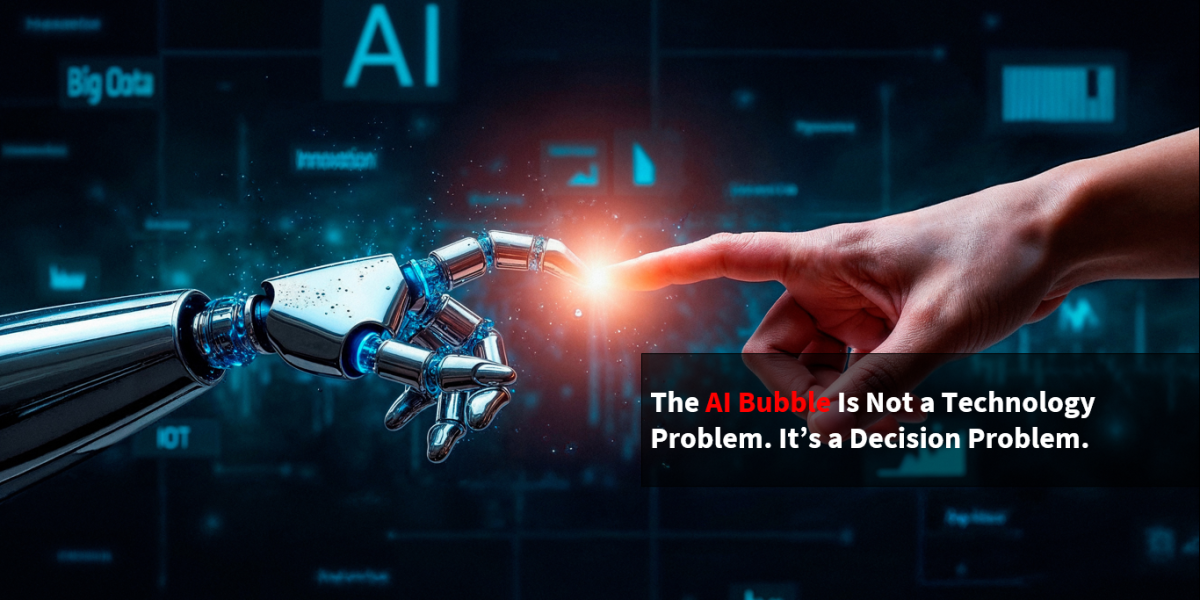When most people think of AI in the enterprise, they imagine flashy demos — an agent booking travel, answering questions, or crunching reports. But behind the surface, a quieter battle is unfolding.
It’s not about what AI agents can do.
It’s about how securely and sustainably they do it.
The First Challenge: Credentials
As enterprises wire AI agents into live systems — ERPs, CRMs, finance platforms — one concern rises above the rest: credentials.
How do you stop an AI agent from holding secrets it should never keep?
Recent approaches show a way forward:
– Vault credentials instead of embedding them in agent memory.
– Apply identity checks and policy rules on every request.
– Issue short-lived, auditable tokens instead of static keys.
The principle is simple but powerful: agents should access what they need, when they need it, and nothing more.
This doesn’t just reduce risk. It builds confidence. Enterprises can experiment with agents knowing they’re not leaving long-lived secrets scattered across workflows.
The Second Challenge: Guardrails
Guardrails are supposed to keep AI safe. But in practice, they often collide.
One system says: “Reduce capabilities.”
Another demands: “Maintain service levels.”
A third enforces: “Comply with regulatory checks.”
The AI agent now faces a dilemma: not just what to do, but whose intent to prioritize.
This is where agentic reasoning surfaces. Instead of blindly following one rule, agents must infer the higher objective and act in ways the architecture may not have anticipated.
For enterprises, this is a shift in mindset. You’re no longer just managing outputs. You’re managing decision pathways. The question isn’t just “can your AI comply?” It’s “can your AI reconcile?”
The Third Challenge: Infrastructure
Even with safe credentials and reconciled guardrails, enterprises face a bigger challenge: context sprawl.
AI agents today often pull data from multiple systems — some public, some private. Without the right connective tissue, discovery is fragmented and compliance becomes a nightmare.
That’s where the MCP Registry enters the picture. Think of it as DNS for AI context, but designed for hybrid enterprises.
Instead of one risky central catalog, it offers a federated discovery layer where:
– Private AI contexts can be discovered securely inside the enterprise.
– Governance and compliance stay under enterprise control.
– Agents can query public and private data in the same flow.
This isn’t another tool. It’s infrastructure — the kind of foundation that turns AI pilots into production-ready systems.
The Enterprise Lens: Building Trust-First AI
Look at these three challenges together, and a clear pattern emerges:
– Trust comes from keeping secrets safe and credentials out of reach.
– Governance comes from reconciling guardrails instead of letting them collide.
– Scalability comes from infrastructure built for a hybrid world.
Enterprises that ignore these won’t struggle with capability. They’ll struggle with adoption. Because stakeholders — from CIOs to CISOs to CFOs — don’t want to know what AI can do until they’re confident how it will do it.
The Takeaway: The Quiet Foundation That Wins
The future of enterprise AI isn’t just about bigger models or more capable agents. The real battle happens behind the scenes — in the invisible layers of trust, governance, and infrastructure.
The enterprises who win won’t be the ones with the flashiest demos.
They’ll be the ones who built AI foundations that could be trusted, scaled, and sustained.




